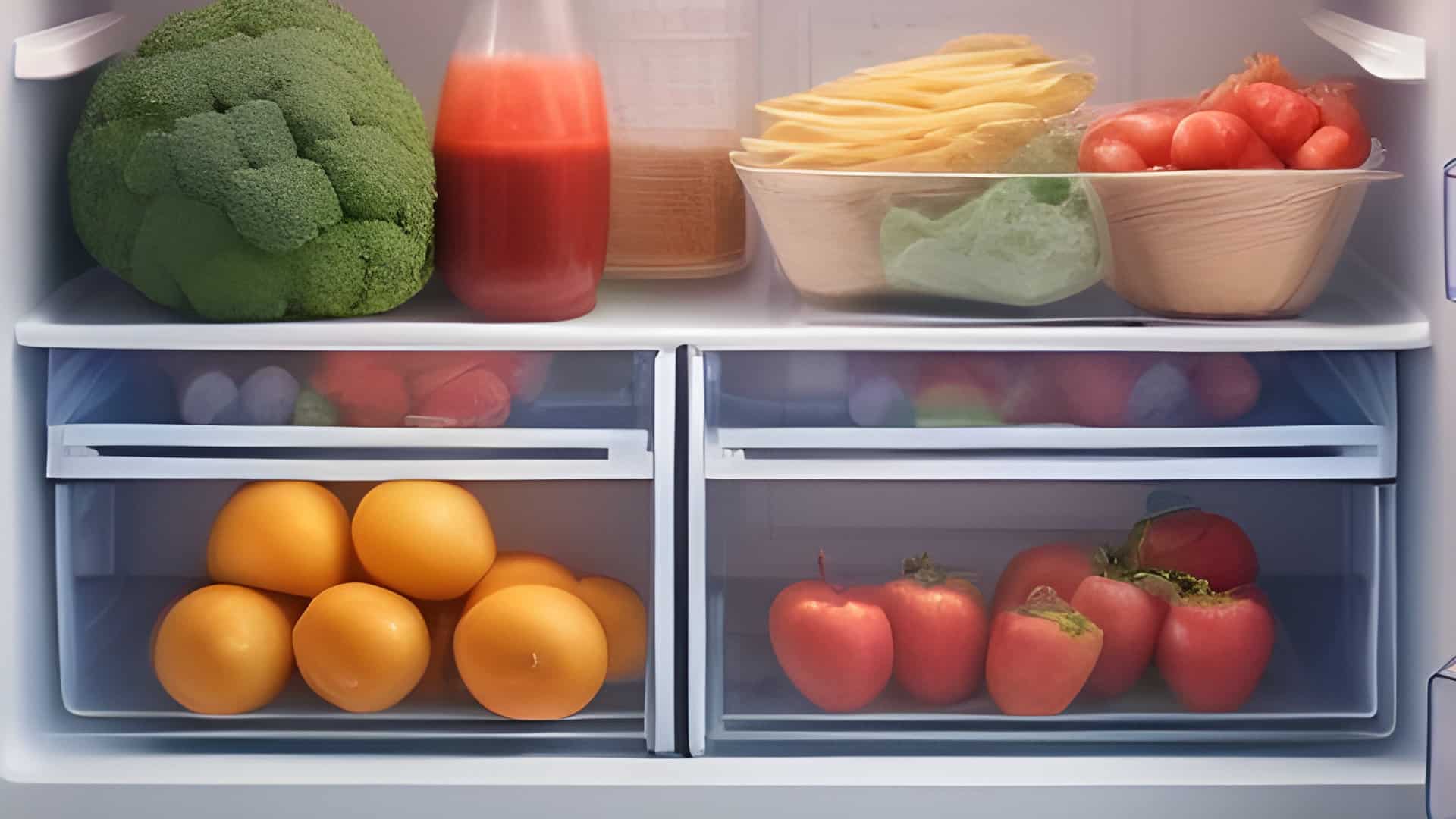The microwave oven is often viewed as one of the greatest inventions of the 20th century. While most people today take it for granted, the microwave literally revolutionized the way we prepare meals on a daily basis. In just seconds, you can cook frozen meals, reheat leftovers from last night’s dinner, cook popcorn, or prepare dozens of other foods; families are no longer forces to wait half an hour or longer for their food to heat up in the oven, as the microwave is able to heat food in a fraction of the time.
Contrary to what many people believe, microwaves do not cook from the inside out. Instead, they generate infrared radiation (usually 2,450 megahertz wave frequency) to heat food from the outside in. As these radioactive waves are released, the food’s fat and water molecules absorb them to create heat through atomic motion. The end result is an ultra-fast, albeit uneven at times, technique for heating food.
Most microwaves operate on a wave frequency that’s higher than standard radio waves but still lower than infrared (IR) light. Consumer-grade microwave use industrial, scientific, medical (ISM) frequency bands of approximately 2,450 megahertz, whereas industrial-grade models use 915 megahertz. Achieving a precise frequency is critical to heating food without burning or destroying its cellular content.
Microwaves are typically designed with a rotating turntable to encourage a more even and thorough heating. As the food rotates throughout the microwave, it’s blasted with infrared radiation on all sides. Unfortunately, there’s still a chance of ‘hot spots’ being developed in certain areas of the food where water molecules are lacking, but the use of a rotating turntable helps to minimize this risk.
Of course, this is in stark contrast to how conventional ovens work. Conventional ovens heat food through the process of conduction: the interior heating elements are charged from either an electrical or gas source, producing waves of thermal heat to cook food. Conventional ovens also contain insulation to lock in the heat, preventing it from escaping through the top, bottom or sides.
The reason why metals and microwaves don’t mix is because metals reflect infrared radiation waves. If you’ve ever attempted to heat food wrapped in aluminum foil in the microwave, you’re probably well aware of the results: it will spark, smoke and potentially even catch fire if the microwave is not turned off immediately. Unlike food, aluminum foil and other metallic objects do not have water and/or fat molecules; therefore, they reflect the microwave’s infrared radiation rather than absorb it.

Whirlpool Washer Error Codes Explained

How to Wash a Hat in the Dishwasher (In 5 Steps)

How to Fix the nF Error Code on a Samsung Washer

Kenmore Elite Dryer Issues: How To Troubleshoot

Microwave vs. Oven: Pros and Cons and How They Differ

Self-Cleaning Oven Smell: Causes & Odor Reduction Tips

Frigidaire Ice Maker Not Working? 7 Ways to Fix It

Why Is Your LG Refrigerator Not Cooling? (9 Common Reasons)

GE Oven F2 Error: Causes & Solutions







